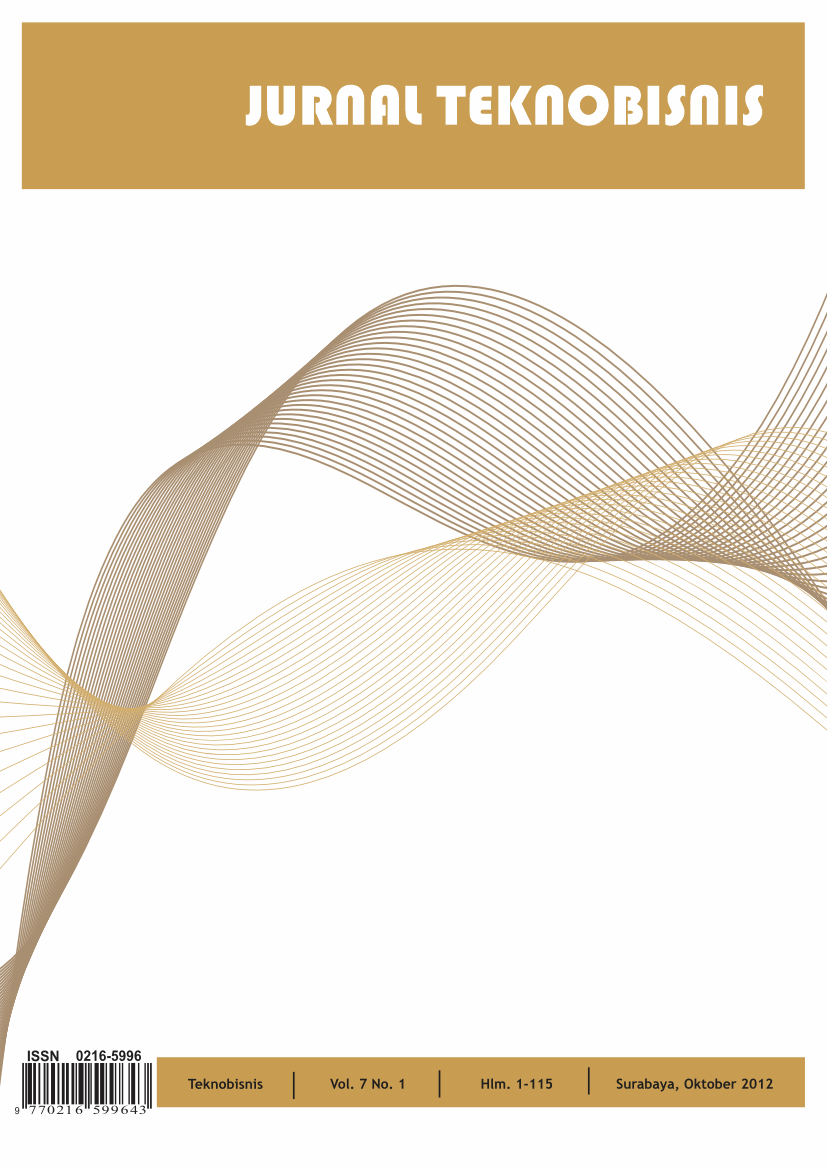Designing Data Governance With DAMA DMBOK Framework
DOI:
https://doi.org/10.12962/j24609463.v8i2.1408Keywords:
Data Governance, DAMA DMBOK, Data ManagementAbstract
The vitality of data in aiding companies to fulfill their organizational objectives is paramount, as it can shape decisions across a variety of business operations. Often, corporations overlook the significance of data management, which in fact demands serious consideration. Two key issues that are frequently neglected include the hazy assignment of data responsibilities and the lack of robust data governance. The absence of transparency in data sources can interfere with data analysis or processing, while insufficient data integration and synchronization can prolong report creation time up to three days, due to the need to accumulate data from diverse sources. Furthermore, the use of Enterprise Architecture and Data Integration technologies has not reached its peak efficiency. To rectify these issues, it is recommended that PT XYZ adopts the DAMA DMBOK Framework for Data Governance. This would result in a well-organized and comprehensible data management structure. The procedure initiates with literature studies, progressing to plan data governance maturity evaluation activities, assessing data maturity levels using the DAMA DMBOK, generating recommendations, and finally planning enhancement strategies for Data Governance in the company. The anticipated outcome of this study would be the provision of Data Governance recommendations utilizing the DAMA DMBOK framework
Downloads
Downloads
Published
Issue
Section
License
Copyright (c) 2024 Awit Lela Sigi

This work is licensed under a Creative Commons Attribution-ShareAlike 4.0 International License.
Copyright Transfer







